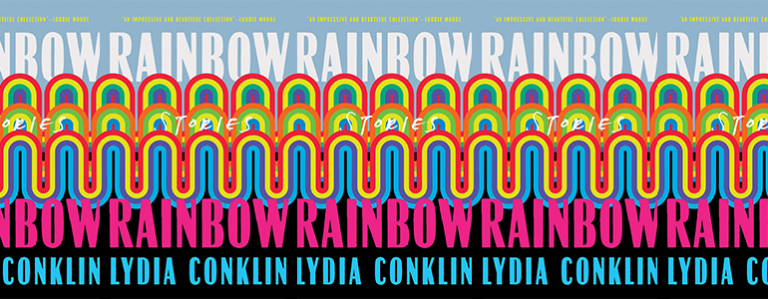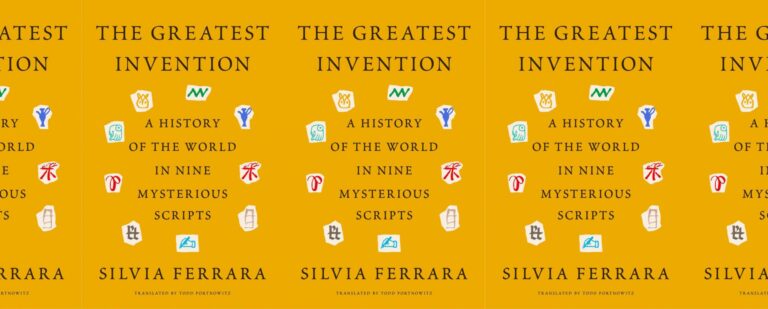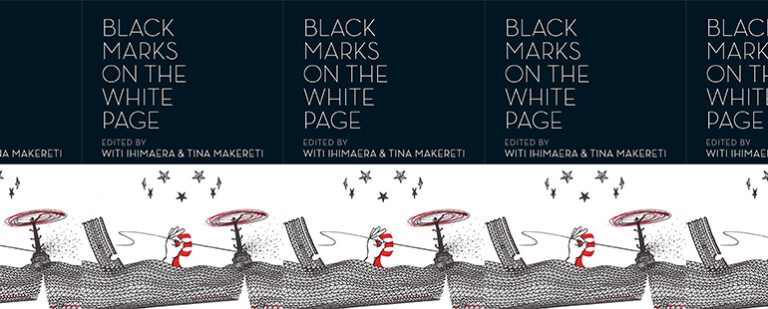The Climate Narrative within This Is How You Lose the Time War

Amal El-Mohtar and Max Gladstone’s 2019 novel, This Is How You Lose the Time War, follows two agents of warring parties who, through a series of unconventional letters, come to fall in love. Red is a cyborg from the far future, sent by the Agency to ensure that their existence is maintained. Meanwhile, Blue, a seemingly magical creature who can shift forms, works on behalf of a society of the distant past, the Garden, which wishes to prevent the Agency from coming into being. The novel is primarily a love story, but through a series of metaphors and associations, it also reveals itself to be a veiled climate novel, not only fictionalizing the climate crisis but perhaps also suggesting a solution to it.
Red and Blue’s rivalry is illustrated through their differences, as they are each emblematic of the societies they come from, “a microcosm… of the war as a whole.” Red relies on technology; her normal bodily functions are enhanced and inhibited as needed by artificial implants to improve her performance. There are “cameras in her eyes” to remove the need for organic memory, and a cybernetic organ senses hunger and “stops the lizard-brained old subsystems that would make [her] keen and irritable and blunt [her] thoughts.” Blue, on the other hand, appears to be magical in some capacity, able to “shift her shape” into “birds and branches… bees and wolves… fish and plankton.” While Red is enmeshed in technology, Blue is connected so closely to nature that she can shift in and out of it. Their divergent ways of connecting with the world represent two seemingly opposing forces that fuel the war: technology and nature.
This opposition is also reflected in the war at large, most visible in the Agency’s and the Garden’s very different approaches to temporal warfare. The Agency plans a “straightforward push, in one direction, without hesitation or restraint,” reflecting a mechanical efficiency that matches their technologically enhanced bodies. The Garden works “with the slow patience of green things,” “planting and pruning” the braid of time by “embedding” agents into long, natural lives. While the Agency appears impatient to make quick, impactful change in single motions, the Garden is more willing to take time coaxing the braid in the right direction. As such, we see that the Agency holds time at a cold distance, “skimming across it like stones.” Red reports that most of her people “live through remotes,” remaining sealed off in pods, away from the physical world, and experiencing life only through technology. Even the Commandant, Red’s employer, “takes form only when she must,” and appears uncomfortable with the human form she inhabits when we meet her. Like their machines, the Agency and its people have become cold and distant from the world, avoiding any attempt to connect with the physical through their bodies.
The Garden, as a society more connected with nature, encourages “burrowing into time’s braid” and experiences the physical reality of life deeply. Blue expresses her love of “feeling thoroughly wrung out at day’s end… just sweat and salt and sun on my back, everyone loving their bodies,” which directly contrasts Red’s distaste for “feel[ing] weak” and her people’s reluctance to experience the world in person. Those of the Garden enjoy physical sensation, and even “die like anyone else,” fully connected to mortality and the natural death. In these ways, the Agency and the Garden are presented to readers as wholly incompatible, and their war is constantly justified by their direct opposition, their completely different ways of approaching and interacting with the world. This opposition, the Agency’s distance from nature and the Garden’s intimacy with it, can be seen to represent the climate crisis, whose opposing sides are anthropocentric planetary development and nature. If we were to see the climate crisis as a war, it would be difficult to cast it more perfectly than this.
El-Mohtar and Gladstone, however, attempt to unpick the binary between technology and nature, and begin to blur the line between artificial and natural processes. This is mainly done through Red and Blue’s letters to one another, which are written in the complex, hidden languages that both of them know. Their first letters are written in their own, different methods: Blue’s first contact is communicated through fire, while Red’s response is written in numbers produced by an MRI machine, reflecting the Garden’s “viney-hivey elfworld” and the Agency’s “techy-mechy dystopia,” respectively; but as their relationship progresses, they begin to communicate in ways that combine both technology and nature—for example, a letter from Blue to Red is written on feathers. While the details of how this letter is communicated are not revealed, we can presume that some kind of bioengineering has been used encode a message into the feathers, though it is difficult to know for sure whether this is a technological altering of nature or a more magical one. Similarly, when Blue “play[s], in six dimensions, a game of chess in which every piece is a game of Go,” it is intentionally murky as to whether what she is doing is advanced science or magic. Their letters culminate in a “plant… written in an obvious geomantic script, a kind of crude binary,” lines of code concealed within a piece of nature. By confusing what constitutes science versus magic, the novel hovers between science fiction and fantasy, refusing to commit to a single genre, as such a distinction would require defining the difference between nature and technology.
By the end of the novel, it becomes necessary for the two opposing sides of the war to unite, in the form of Seeker. Seeker is described as a “purplish gloaming,” reflecting a literal mixing of Red and Blue, but she is “no Agency creature… and no Garden thing either.” In order to infiltrate the Garden and save Blue, Red retraces their relationship and collects the remains of their letters, ingesting them until she becomes “a letter, sealed in Blue.” In doing so, Red literally becomes a combination of herself and Blue, an amalgamation of both the Garden and the Agency, and as such, Seeker is both natural and artificial at once.
Once we acknowledge the symbolism at play—Blue as a representative for nature; Red as an agent of future technology; the Seeker as a union between technology and nature—it’s difficult not to see the novel as a climate narrative, in which nature, in an ongoing battle with human development, is saved by utilizing both technology and natural processes. In order to save Blue, Red must combine her technology with the natural world. When reading the novel through this lens, it becomes not just a queer love story, nor a time travel love story, but a climate love story, in which humanity and nature come to value and save each another. War is escaped through unity. Along with being a fusion of the Agency and the Garden, Seeker is also described as “an answer”—both for Red, it seems, and for the struggling world the story was conceived in.
The authors, therefore, suggest a possible way of approaching the climate crisis and humanity’s ongoing interactions with nature—and it is a feminine one, focused on unity and peaceful cooperation. Red and Blue reject a war between the natural world and humanity’s technological advancement, and instead decide to save each other. This Is How You Lose the Time War suggests that humanity must do the same with nature: cease to see the climate crisis as a war between human technology and nature, and instead create in ways that work alongside the natural processes of Earth. The novel makes clear that we must love nature in order to save it, and to save ourselves.


